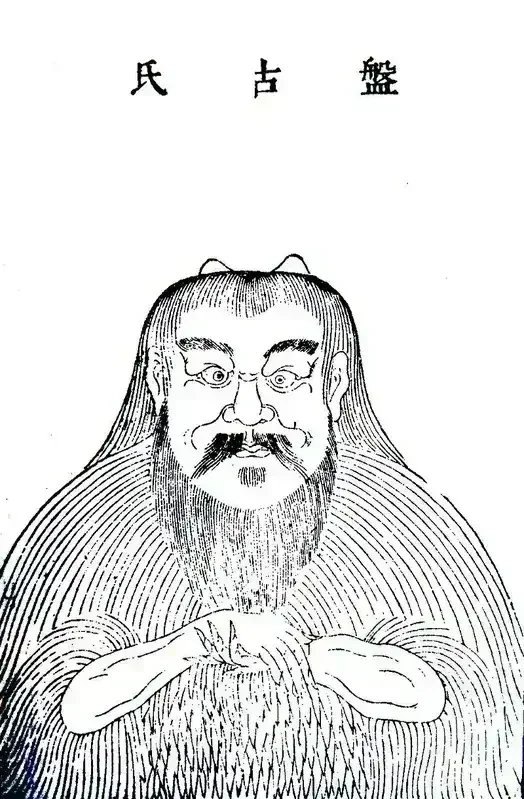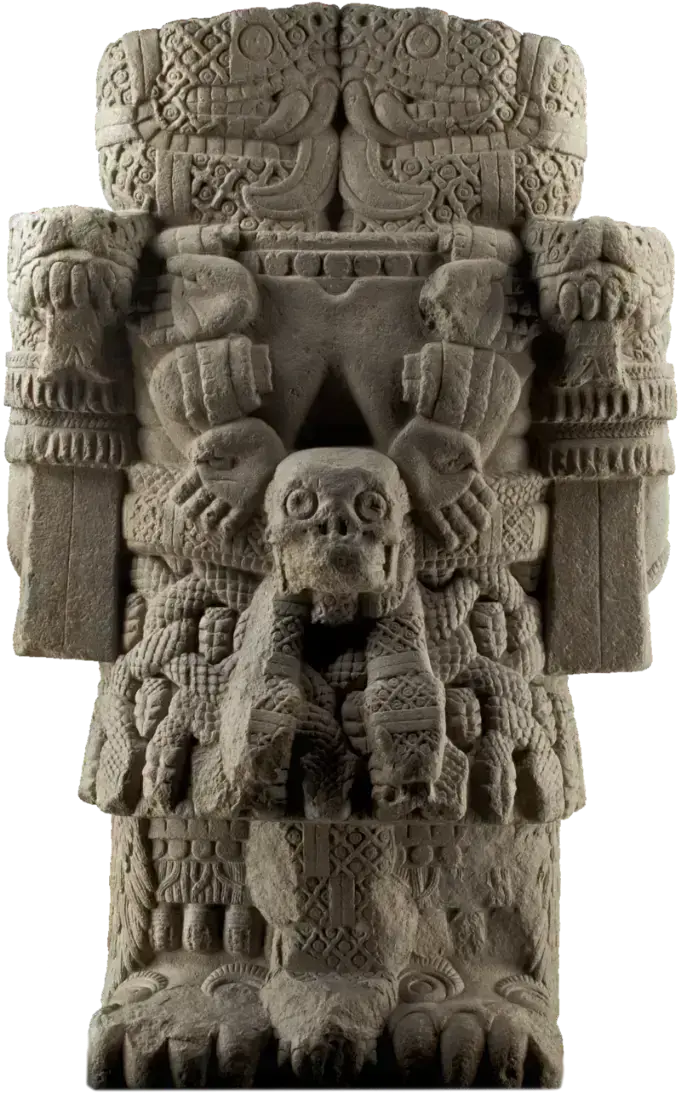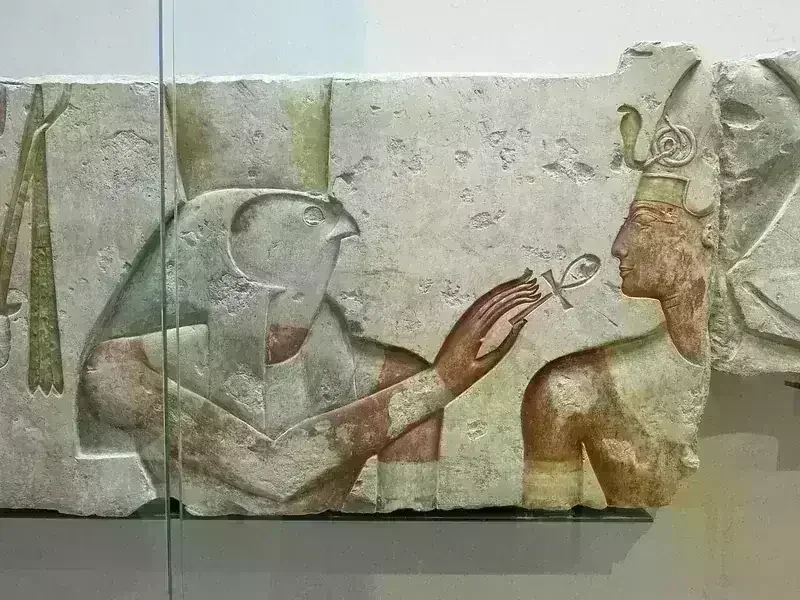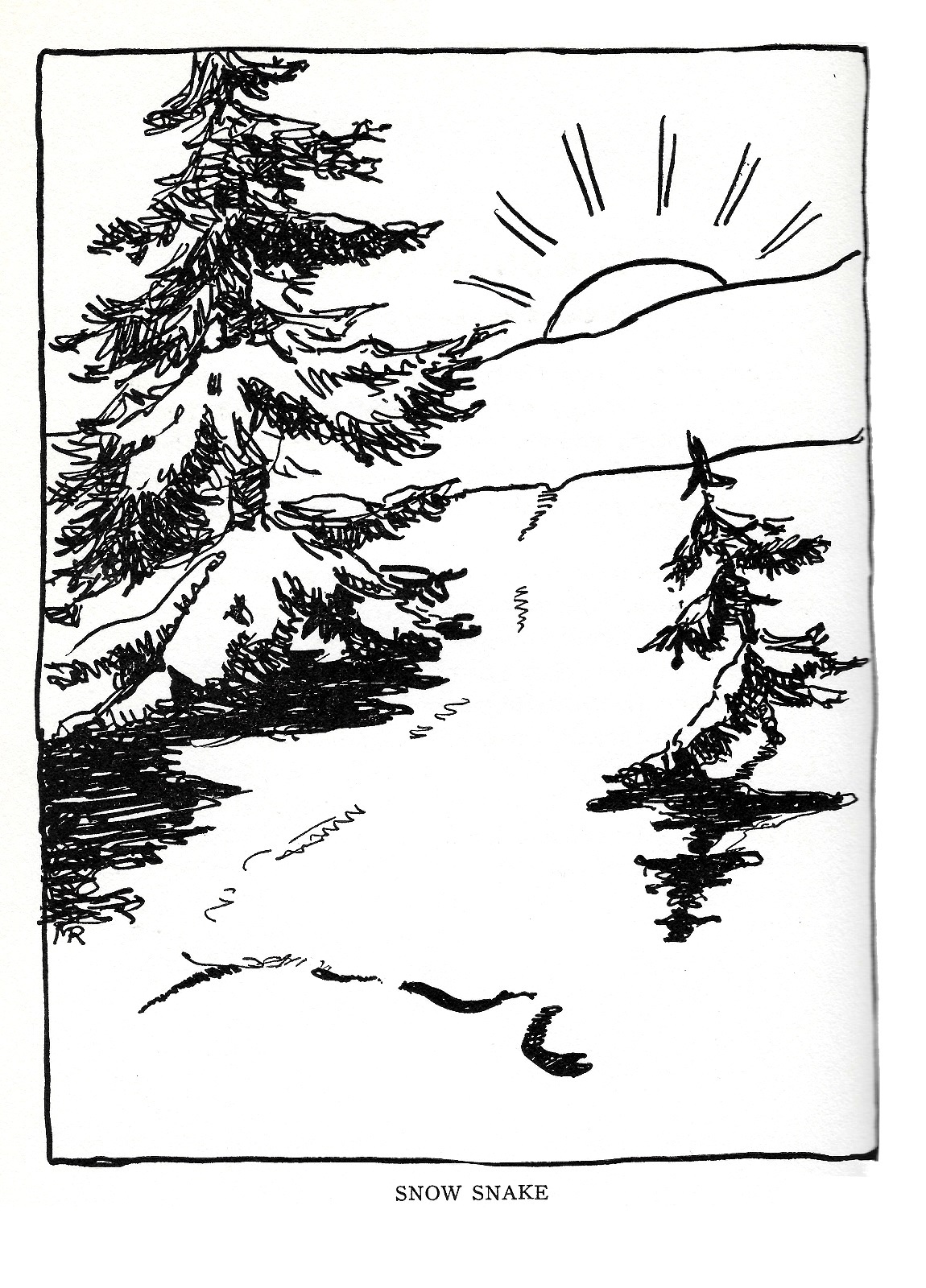Pangu

Pangu (Chinese: 盤古, pronounced PAN-koo) is a primordial deity and creation figure central to Chinese mythology and Taoist tradition. According to legend, Pangu separated heaven and earth, and after his death, his body transformed into various geographic features of the world.
Though Xu Zheng of the Three Kingdoms period was long believed to be the first to document the Pangu myth, archaeological evidence has since discovered references to Pangu in tombs predating this era.
According to the creation myth, the universe began in a formless, primordial state that eventually coalesced into a cosmic egg. For 18,000 years, the opposing forces of yin and yang balanced within this egg until Pangu emerged (or awakened). Typically depicted as a primitive giant with horns, Pangu wielded a massive axe to separate yin and yang, creating earth (murky yin) and sky (clear yang). To maintain their separation, Pangu positioned himself between them, pushing the sky upward. Each day, the sky rose ten feet higher, the earth grew ten feet thicker, and Pangu himself grew ten feet taller—a process that continued for another 18,000 years.
Some versions of the myth include the Four Holy Beasts (the Turtle, Qilin, Phoenix, and Dragon) assisting Pangu in his task. Other variations simply describe Pangu separating the pre-existing yin and yang of heaven and earth with his axe.
When Pangu finally died after 18,000 years, his body transformed into the natural world: his breath became wind, mist, and clouds; his voice became thunder; his left eye became the Sun and his right eye the Moon; his head formed mountains; his blood created rivers; his muscles became fertile land; his facial hair formed stars and the Milky Way; his fur became forests; his bones transformed into valuable minerals; his bone marrow became precious jewels; his sweat turned into rain; and the fleas carried by the wind from his fur became animals.


